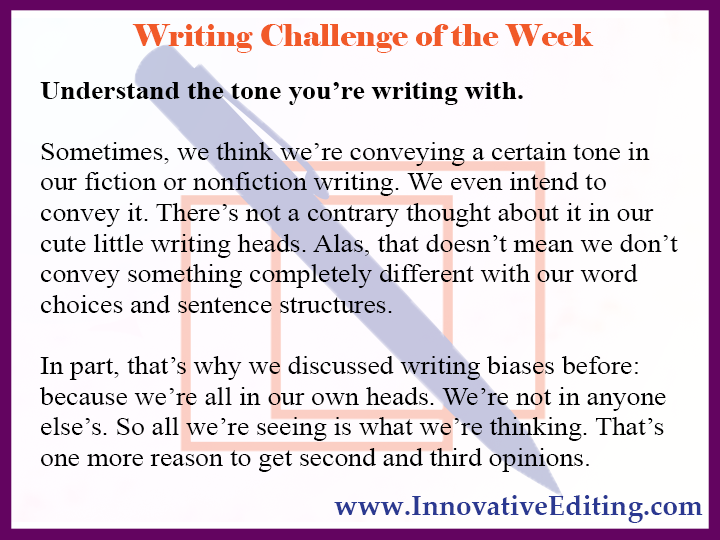A Clarification on Authorial Tone
- Jeannette DiLouie
- Aug 23, 2019
- 3 min read

Perhaps I should have led the literary tone series with this one. But it’s too late now, so let’s clear up what needs to be cleared up…
There’s a difference between an author’s tone, a narrator’s tone, and a character’s tone, each of which we’ll define below. These definitions, basic though they may seem, aren’t meant to be insulting, only thorough.
When it comes to storytelling, there are three key players or player categories:
Author: The actual person who is doing all the hard work of writing the story out – and the person who will hopefully get paid for that hard work.
Narrator: The perceived entity telling the story. This might be the author, but it could also be the main character, a secondary character or even some other element that never otherwise interacts with the plot or characters.
Character: A complex VIP fiction element that comes in many shapes, sizes and levels of importance, from main to secondary to tertiary. It’s essentially any personality in a story, whether human, animal, or personified thing.
When it comes to narrators and especially characters, there’s no way you, the author, can always give them pleasant tones. What kind of villain would readers have on their hands, for instance, if it was always cordial and kind?
A really boring one. That’s what. And boring is bad in the novel-describing universe, to say the least.
There’s a difference between your tone, the narrator’s tone and a character’s tone.
It’s okay for your narrator or a certain character to have “a tone.” As in, “Don’t you dare take that tone with me, young man!” If it fits with the story, go for it. For example, you might be writing a transformational story, where an angry or proud protagonist goes on some kind of maturing journey.
Just make sure that, again, it’s an appropriate one. The same goes for your tone, though “appropriate” is probably a lot more limited in the author’s case.
So, to recap, you – the author – are greatly advised to always convey a respectful tone. Everything else involved in your story presentation can do as it pleases.
How can readers even tell the difference between an author’s tone, a narrator’s tone and a character’s tone? Especially when we’re talking about a main character?
It’s fairly easy most of the time.
I’ll point to the now-deceased Elizabeth Peters, for instance, an author who I greatly admire and enjoy reading. Yet she still let a disrespectful tone creep into her books more than once.
That might have been intentional. Or it might have been that she didn’t care to edit it out after the fact. With a writer as experienced as herself and the blatant examples of bias I’m thinking of… I’m sure she was well aware regardless.
Peters’ characters in her Amelia Peabody series are phenomenal. They’re well-developed, engaging, and addictive, including protagonist Amelia Peabody Emerson herself. However, the otherwise phenomenal Mrs. Emerson will add in snide commentary here and there about Christianity even though she is one herself.
It’s one thing to express an opinion in keeping with a character’s or narrator’s way of looking at the world. But it stands out negatively when the character “slips” up and reveals the brains behind it.
Plus, it takes readers out of the story. And that is something you, the author, should never ever do.





